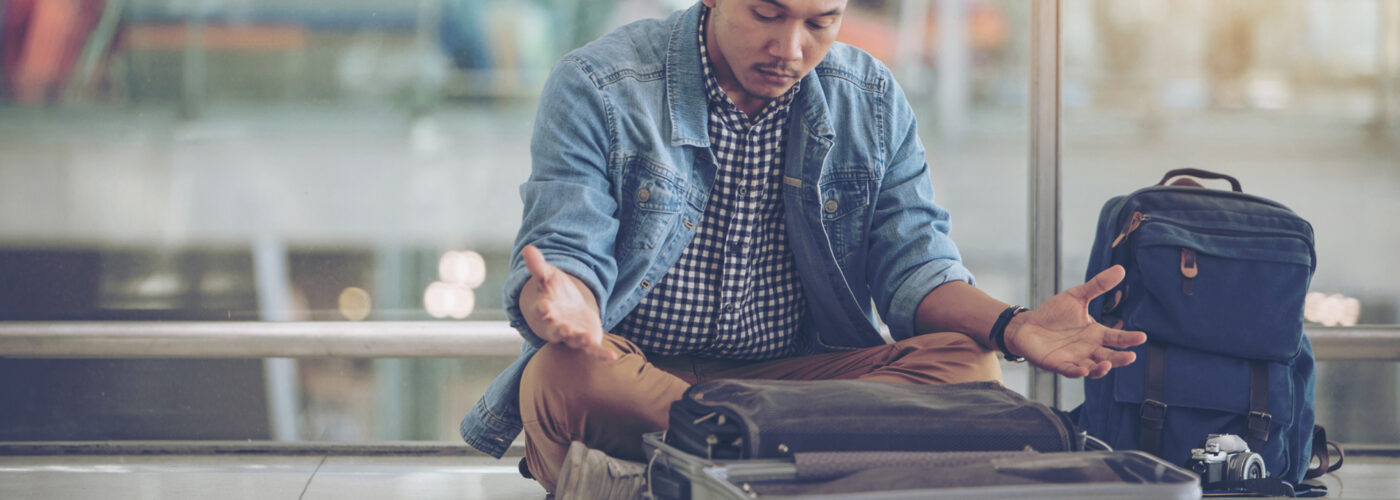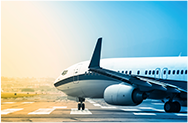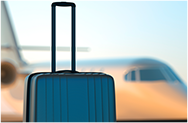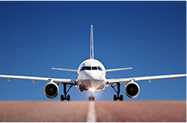Notice: Undefined offset: 4 in /nas/content/live/stagingstmllc/wp-content/plugins/smartertravel-shared/includes/ads/includes/api.php on line 92
Notice: Undefined offset: 5 in /nas/content/live/stagingstmllc/wp-content/plugins/smartertravel-shared/includes/ads/includes/api.php on line 92
Notice: Undefined offset: 6 in /nas/content/live/stagingstmllc/wp-content/plugins/smartertravel-shared/includes/ads/includes/api.php on line 92
Notice: Undefined offset: 4 in /nas/content/live/stagingstmllc/wp-content/plugins/smartertravel-shared/includes/ads/includes/api.php on line 98
Notice: Undefined index: pass_through_args in /nas/content/live/stagingstmllc/wp-content/plugins/smartertravel-shared/includes/ads/includes/api.php on line 158
Notice: Undefined index: wrapper in /nas/content/live/stagingstmllc/wp-content/plugins/smartertravel-shared/includes/ads/includes/api.php on line 159
Notice: Undefined offset: 4 in /nas/content/live/stagingstmllc/wp-content/plugins/smartertravel-shared/includes/ads/includes/api.php on line 92
Notice: Undefined offset: 5 in /nas/content/live/stagingstmllc/wp-content/plugins/smartertravel-shared/includes/ads/includes/api.php on line 92
Notice: Undefined offset: 6 in /nas/content/live/stagingstmllc/wp-content/plugins/smartertravel-shared/includes/ads/includes/api.php on line 92
Notice: Undefined offset: 4 in /nas/content/live/stagingstmllc/wp-content/plugins/smartertravel-shared/includes/ads/includes/api.php on line 98
Notice: Undefined index: pass_through_args in /nas/content/live/stagingstmllc/wp-content/plugins/smartertravel-shared/includes/ads/includes/api.php on line 158
Notice: Undefined index: wrapper in /nas/content/live/stagingstmllc/wp-content/plugins/smartertravel-shared/includes/ads/includes/api.php on line 159
Notice: Undefined offset: 4 in /nas/content/live/stagingstmllc/wp-content/plugins/smartertravel-shared/includes/ads/includes/api.php on line 92
Notice: Undefined offset: 5 in /nas/content/live/stagingstmllc/wp-content/plugins/smartertravel-shared/includes/ads/includes/api.php on line 92
Notice: Undefined offset: 6 in /nas/content/live/stagingstmllc/wp-content/plugins/smartertravel-shared/includes/ads/includes/api.php on line 92
Notice: Undefined offset: 4 in /nas/content/live/stagingstmllc/wp-content/plugins/smartertravel-shared/includes/ads/includes/api.php on line 98
Notice: Undefined index: pass_through_args in /nas/content/live/stagingstmllc/wp-content/plugins/smartertravel-shared/includes/ads/includes/api.php on line 158
Notice: Undefined index: wrapper in /nas/content/live/stagingstmllc/wp-content/plugins/smartertravel-shared/includes/ads/includes/api.php on line 159
Notice: Undefined offset: 4 in /nas/content/live/stagingstmllc/wp-content/plugins/smartertravel-shared/includes/ads/includes/api.php on line 92
Notice: Undefined offset: 5 in /nas/content/live/stagingstmllc/wp-content/plugins/smartertravel-shared/includes/ads/includes/api.php on line 92
Notice: Undefined offset: 6 in /nas/content/live/stagingstmllc/wp-content/plugins/smartertravel-shared/includes/ads/includes/api.php on line 92
Notice: Undefined offset: 4 in /nas/content/live/stagingstmllc/wp-content/plugins/smartertravel-shared/includes/ads/includes/api.php on line 98
Notice: Undefined index: pass_through_args in /nas/content/live/stagingstmllc/wp-content/plugins/smartertravel-shared/includes/ads/includes/api.php on line 158
Notice: Undefined index: wrapper in /nas/content/live/stagingstmllc/wp-content/plugins/smartertravel-shared/includes/ads/includes/api.php on line 159
With thousands of bags to load on planes every day, airlines aren’t known for their care in handling luggage. If your checked bag turns up in worse shape than you left it, there are a few important things you need to know. Here are five steps to take if the airline damages your luggage.
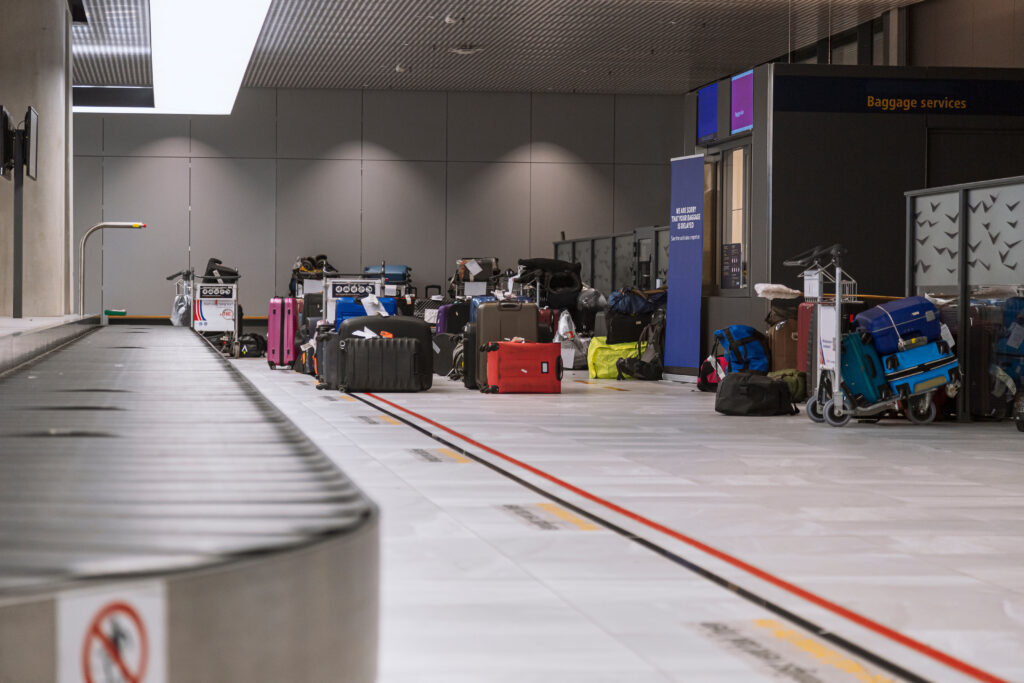
Don’t Leave the Airport
After waiting a long time to claim your luggage, if your suitcase shows up damaged, you may just want to grab your bag and head home—thinking you’ll deal with submitting a claim online later.
This mistake could cost you. Leaving the airport could forfeit your right to claim reimbursement from the airline for your damaged bag. Most airlines require you to show your damaged bag in-person at the airport in order to submit a claim.
For example, Delta’s policy states: “If you feel your baggage was damaged during a flight, bring it to the Delta Air Lines Baggage Office immediately after arrival. All damages must be evaluated in person by a Delta representative at the baggage service office.”
Know Your Rights
The Department of Transportation (DOT) has clear guidelines outlining what airlines are responsible for if they damage your baggage.
For domestic flights, airlines are allowed to limit their liability for baggage, so you’ll want to carefully read your airline’s contract of carriage to determine how much you can claim for. Airlines can also exclude liability for certain items (such as electronics or fragile items), meaning they won’t be responsible for damage—even if it was clearly the airline’s fault.
For international flights, airlines must cover up to $1,700 for lost, damaged, or delayed bags. Airlines operating international flights cannot exclude certain categories of items from being protected by damage.
Document the Damage
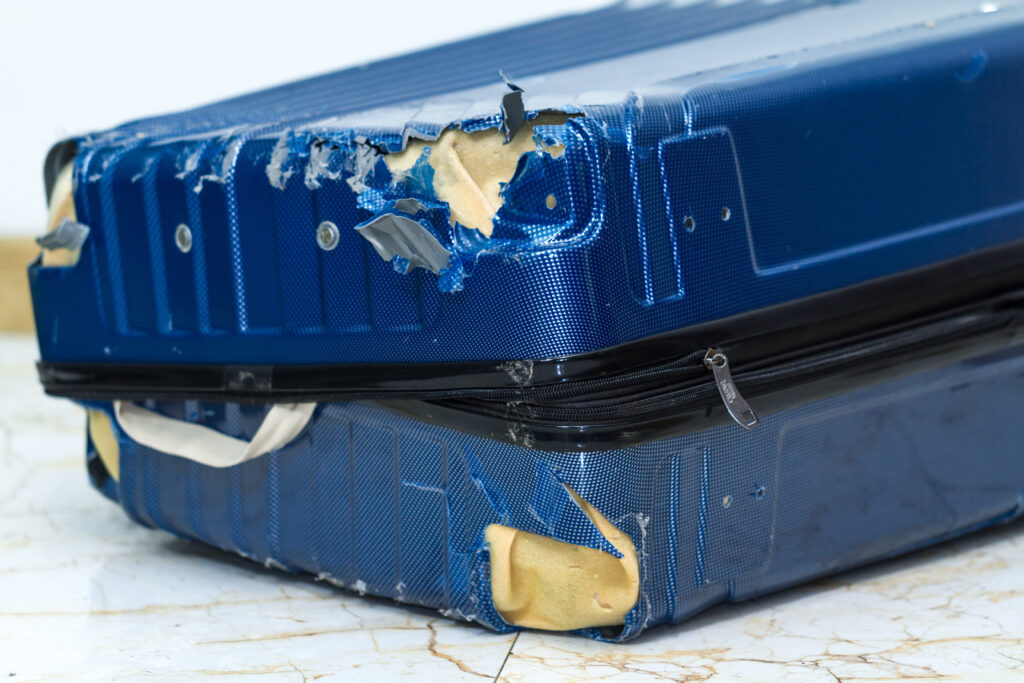
Take photos and videos of your damaged luggage, including any items inside that were broken or damaged. Include photos of the luggage barcode tags showing which flight your luggage was on.
Be sure to leave the luggage tags on the bag until the claim is settled, as many airlines will require them as supporting proof for your claim.
Documenting your bag before a trip is always a great idea, as you can clearly show the condition that your suitcases (and the contents inside) were in when you handed it over to the airline.
Check Your Credit Card
Many credit cards offer travel insurance for delayed, lost or damaged baggage. If you’re struggling to get adequate compensation from the airline, check your credit card benefits to see if you’re covered. You may find it easier to get reimbursed for damage from your credit card than the airline.
Try the Manufacturer
If your expensive suitcase gets damaged, go back to the manufacturer. Many luggage brands offer limited (or lifetime) warranty coverage for things like broken wheels, torn handles, or other things that aren’t considered “normal wear and tear.”
You Might Also Like:
• The 7 Most Controversial Travel Opinions• What Happens If I Miss My Connecting Flight Through No Fault of My Own?
• Carry-On and Personal Item Size Limits for 32 Major Airlines
• What Are Your Rights When You’re Involuntarily Bumped?
• The Airlines Most Likely to Bump You off a Flight
We hand-pick everything we recommend and select items through testing and reviews. Some products are sent to us free of charge with no incentive to offer a favorable review. We offer our unbiased opinions and do not accept compensation to review products. All items are in stock and prices are accurate at the time of publication. If you buy something through our links, we may earn a commission.
Related
Top Fares From
Notice: Undefined offset: 4 in /nas/content/live/stagingstmllc/wp-content/plugins/smartertravel-shared/includes/ads/includes/api.php on line 92
Notice: Undefined offset: 5 in /nas/content/live/stagingstmllc/wp-content/plugins/smartertravel-shared/includes/ads/includes/api.php on line 92
Notice: Undefined offset: 6 in /nas/content/live/stagingstmllc/wp-content/plugins/smartertravel-shared/includes/ads/includes/api.php on line 92
Notice: Undefined offset: 4 in /nas/content/live/stagingstmllc/wp-content/plugins/smartertravel-shared/includes/ads/includes/api.php on line 98
Notice: Undefined index: pass_through_args in /nas/content/live/stagingstmllc/wp-content/plugins/smartertravel-shared/includes/ads/includes/api.php on line 158
Notice: Undefined index: wrapper in /nas/content/live/stagingstmllc/wp-content/plugins/smartertravel-shared/includes/ads/includes/api.php on line 159
Today's Top Travel Deals
Brought to you by ShermansTravel
Porto to Lisbon: 7-Nt, Small-Group Portugal...
Indus Travels
 vacation
$1899+
vacation
$1899+
Greenland: Luxe, All-Incl. 11-Nt Exploration Small-Ship...
Swan Hellenic



Ohio: Daily Car Rentals from Cincinnati
85OFF.com


